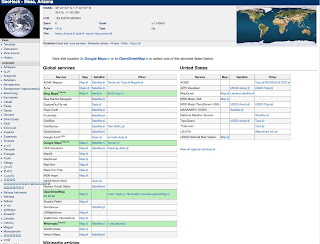Unfortunately, the two terms, data and information, are exchanged in different disciplines. In an educational context, the term "information" is used in the progression of information to knowledge to understanding to insight to wisdom. See Wikipedia: Information ladder. In this context the term "data" is used as the source for information. However, if you move back down this progression to the data level, you will find that the definition of data includes the input from what I am calling "information" or I could use the term sensory perception. My background is in linguistics, history and languages and I view the mind as accumulating information through external perception of events. In this sense, I am a realist. Without getting into a long philosophical discussion, this means essentially that I believe we learn from an external objective reality and that we learn by perceiving the reality. (If you are interested, I agree with the mathematician Kurt Godel).
No matter what you call it, what we acquire from the external world is a stream of sensory impressions. I also prefer to use the information theory approach to the use of the terms.
In genealogy, we are often completely unaware of the background information we possess. I will refer to this background as our world view, that is the sum of our perceptions and our internal informational structure. We belong to a kinship system of which we may only be vaguely aware. We also live in a culture that we take for granted without reflection or critical thinking. To get beyond mere name gathering, we have to begin to understand both our own relationship to our cultural and kinship systems as well as the differences between our present perceived reality and that of our ancestors. We must also actively begin to organize and evaluate the information we accumulate about our family into a structure that will allow us to continue to progress towards proof.
In its most simple form, genealogical research is nothing more than a search and find activity.
Doe becomes interested in finding his family. He looks through a pile of old documents he has accumulated and finds the names of his grandparents. He writes down the names on a piece of paper.We all have to start somewhere and this is generally how we get started. But, sometimes, the process gets bogged down at this level and never progresses any further. We continue to search, accumulate and write down but never move up the progression towards evidence and ultimately proof. One of the reasons is that much of what we accumulate initially is so obvious. There is no incentive to organize the information pile because we haven't learned anything consequential. I understand that some people have a tremendous research challenge in identifying their own parents, but no matter where the "research" starts whether it is at the first or fifteenth generation, that is where there must be a transition from information gathering to evaluation and organization.
I hesitate to call this a series, since I doubt there will be a perceived progression from one post to another.












